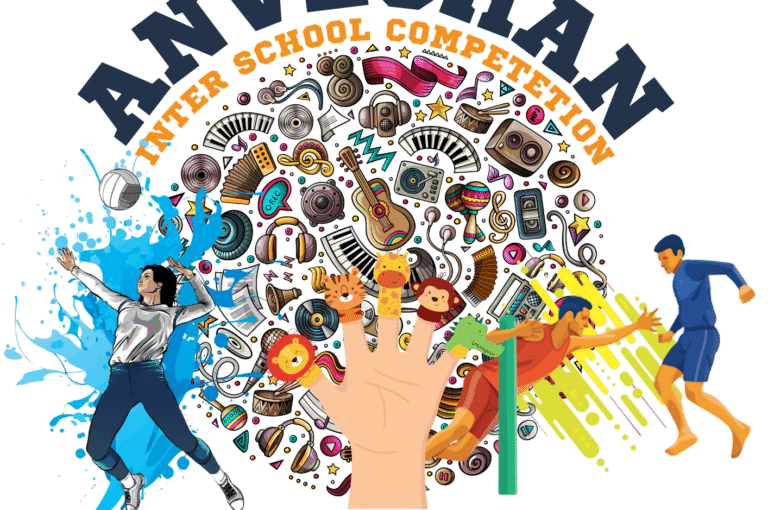Unleashing Creativity: The Importance of Art Programs in Schools
Art programs are a vital aspect of education that foster creativity, imagination, and self-expression in students. These programs go beyond mere aesthetics, providing a myriad of benefits that contribute to a well-rounded education. In this write-up, we explore the significance of art programs in schools and how they enrich the lives of students, shaping them into more innovative and empathetic individuals.
1. Cultivating Creativity and Imagination:
Art programs provide a nurturing space for students to explore their creativity and imagination freely. Through drawing, painting, sculpting, and other artistic endeavors, students can unleash their thoughts and ideas, developing a deeper connection with their inner selves and the world around them.
2. Enhancing Critical Thinking and Problem-Solving Skills:
Art education encourages critical thinking and problem-solving skills. When creating art, students face various challenges and must find innovative solutions to achieve their artistic vision. These problem-solving experiences extend beyond the art studio and into everyday life, equipping students with the ability to approach challenges creatively.
3. Boosting Self-Confidence and Self-Expression:
Art programs provide students with a non-judgmental platform to express themselves freely. As they receive positive feedback and appreciation for their artistic efforts, students’ self-confidence grows. Art becomes a medium through which they can communicate their feelings, thoughts, and experiences, fostering a healthy means of self-expression.
4. Nurturing Emotional Intelligence and Empathy:
Art allows students to explore and process their emotions in a safe environment. By expressing their feelings through art, students develop emotional intelligence and empathy, learning to understand and connect with the emotions of others as well. This emotional growth contributes to a more compassionate and understanding school community.
5. Connecting Art with Academic Subjects:
Integrating art into other academic subjects enhances the learning experience. Through visual representations, students can better grasp complex concepts in science, history, and literature. Art also reinforces cultural awareness by introducing students to diverse artistic traditions from around the world.
6. Encouraging Cultural Appreciation and Diversity:
Art exposes students to various cultures, traditions, and perspectives. By studying and creating art inspired by different cultures, students develop a sense of appreciation for diversity and a broader understanding of the global community.
7. Fostering Collaboration and Teamwork:
Art projects often involve collaboration among students, promoting teamwork and cooperation. Whether working on a mural, theater production, or group sculpture, students learn to value each other’s contributions and work together to achieve a shared artistic vision.
8. Building Resilience and Perseverance:
Art is a process that demands patience and resilience. Students encounter challenges and mistakes during their artistic journey but learn to embrace these as part of the creative process. This resilience helps them face setbacks in other areas of life with a positive and perseverant attitude.
Art programs are a cornerstone of education that nourish creativity, critical thinking, and emotional intelligence in students. By providing a supportive space for self-expression, fostering cultural appreciation, and promoting collaboration, art programs contribute significantly to the holistic development of students. As schools continue to prioritize and invest in art education, they nurture a generation of imaginative and compassionate individuals who can approach life’s challenges with creativity and empathy. Art is not just an extracurricular activity but an essential part of the educational journey, preparing students to become well-rounded and innovative contributors to society.



